The history of photography is often explored via moments, movements, and individual practitioners. Strangely, these watershed events are typically removed from the vehicle which allowed them to be experienced by a wider audience: the exhibition.
From its humble beginnings as slow paced, painterly depictions of quiet streets and cluttered window sills, photography began to expand the moment it was put on display, and continued to evolve as people began to organize and curate it in a way that used to be reserved to more traditional art forms. In the book, Photo Show, published by Contrasto, editor Alessandra Mauro has identified a series of landmark exhibitions that, she says, shaped not only the history of photography, but its evolution as a distinct art form and modern means of communication.
“The special, crucial thing that affects photography is its special relationship with reality, and for this reason, I think there is a deep, narrative heart to photography. It has its own language, and photo exhibitions are ways of telling stories about reality,” Mauro says. “Some exhibitions stood out very clearly. The Family of Man, of course, was a seminal exhibition. We are all, you could say, sons of Family of Man.”
The 1955 photo show was curated by Edward Steichen, the 2nd director of photography at the Museum of Modern Art. MoMA was an early supporter of photography as an art form worthy of wall space, and would become a bastion of photographic activity over the following half-century. The Family of Man was a truly epic undertaking for MoMA’s young photo department, and included 503 photographs by 273 photographers representing 68 different countries. Unconventional and completely unprecedented at its time, most of the photos were displayed unframed, mounted to slabs of masonite and hung from the ceiling- suspended in mid-air. The show followed a distinct, narrative path, leading viewers through a three dimensional photo collage that occupied the entire second floor of the museum.
Steichen’s monumental exhibition set a precedent that Mauro says can be traced through the remainder of the 20th century and came full circle in 2001 with the opening of here is new york: a democracy of photographs, an egalitarian exhibition of images taken in the midst and immediate aftermath of the 9/11 attacks in New York City. Staged in a vacant storefront in downtown Manhattan, the show opened on Sept. 25, and included hundreds of photographs submitted to the show’s curators, who scanned and reprinted the images and hung them, unframed, with wires that criss-crossed the makeshift gallery space. The idea was to create an exhibition that could tell in images what words could not express, and to present a platform for everyone capable of capturing an image in those harrowing moments, a place to show them, and the opportunity for a grieving city to collectively reflect.

“The fact that everyone could be called to submit pictures, no matter if they were photographers or amateurs, is something that really changed completely the perception of what photography is and what photography can be,” Mauro says, adding that the exhibition was also one of the first to rely heavily on the power of the internet to share and collect images.
Over time, the photo show has served as a nucleus of ideas, Maruo says, from Daguerre in Paris and Steiglitz in New York, to fine-art photojournalism and the rise of contemporary photography. While Photo Show covers a substantial time line that runs parallel to the invention of photography and all its subsequent evolutions, Mauro says that it is not meant to be an exhaustive list, but rather, a new perspective to approach the medium from. “It was clear to me, that before everything, photography must be shown – must be demonstrated – and the exhibition is a demonstration, so that was my starting point, and this book is an attempt to see exhibitions as a key to the history of photography.”
Alessandro Mauro is a curator and the Editorial Director of Contrasto Publishing House, Italy.
Krystal Grow is a contributor to TIME LightBox. Follow her on Twitter and Instgram @kgreyscale
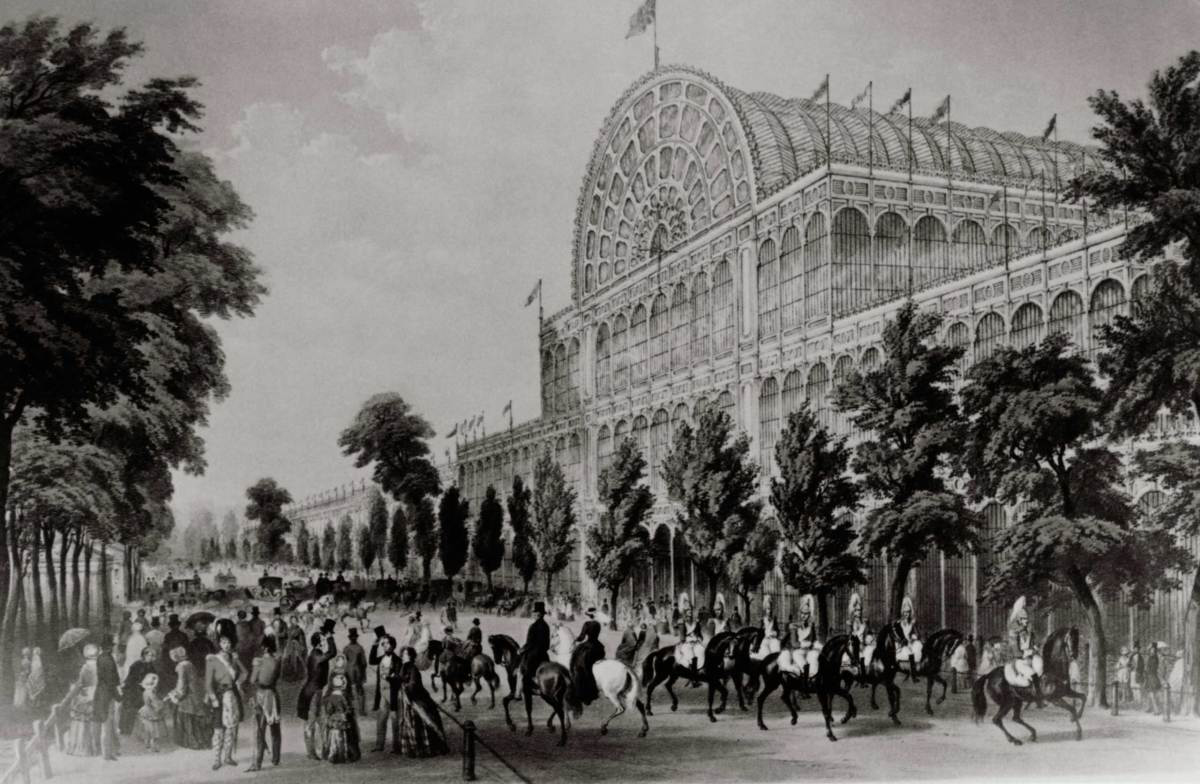
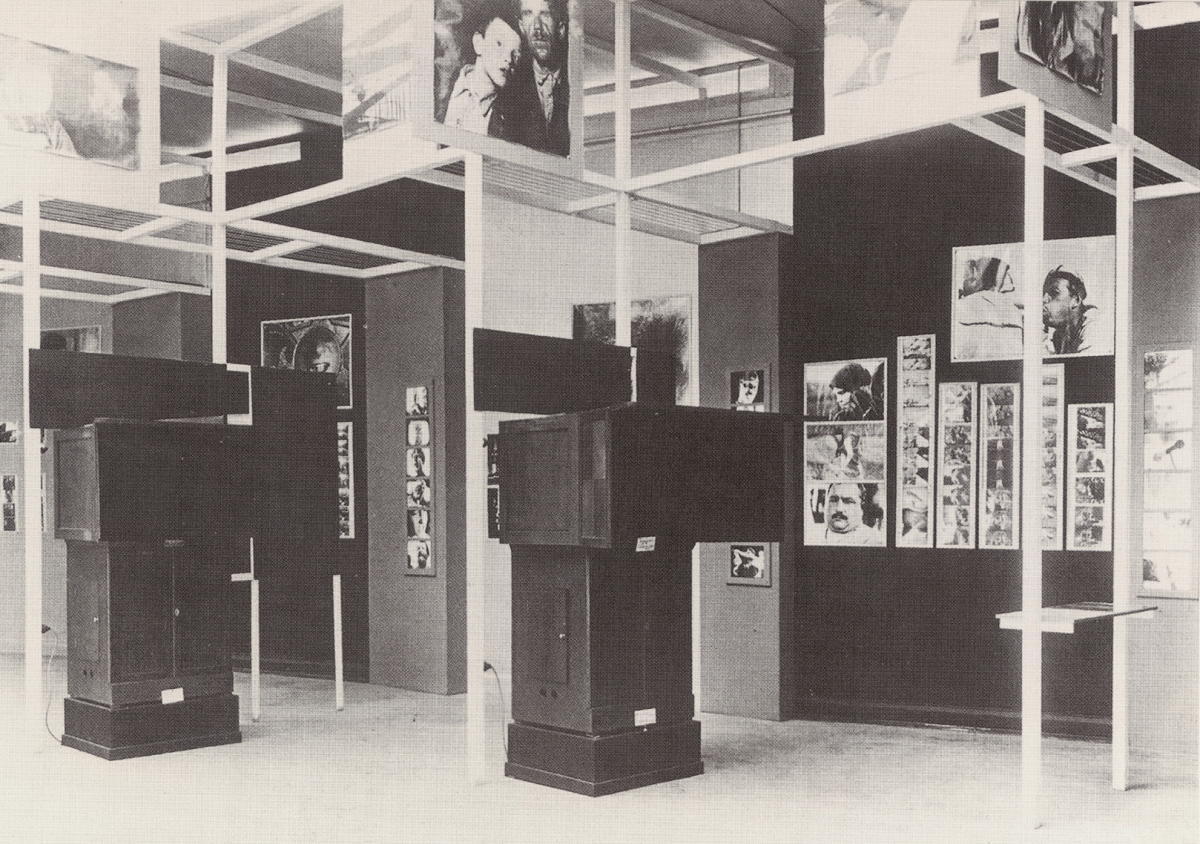
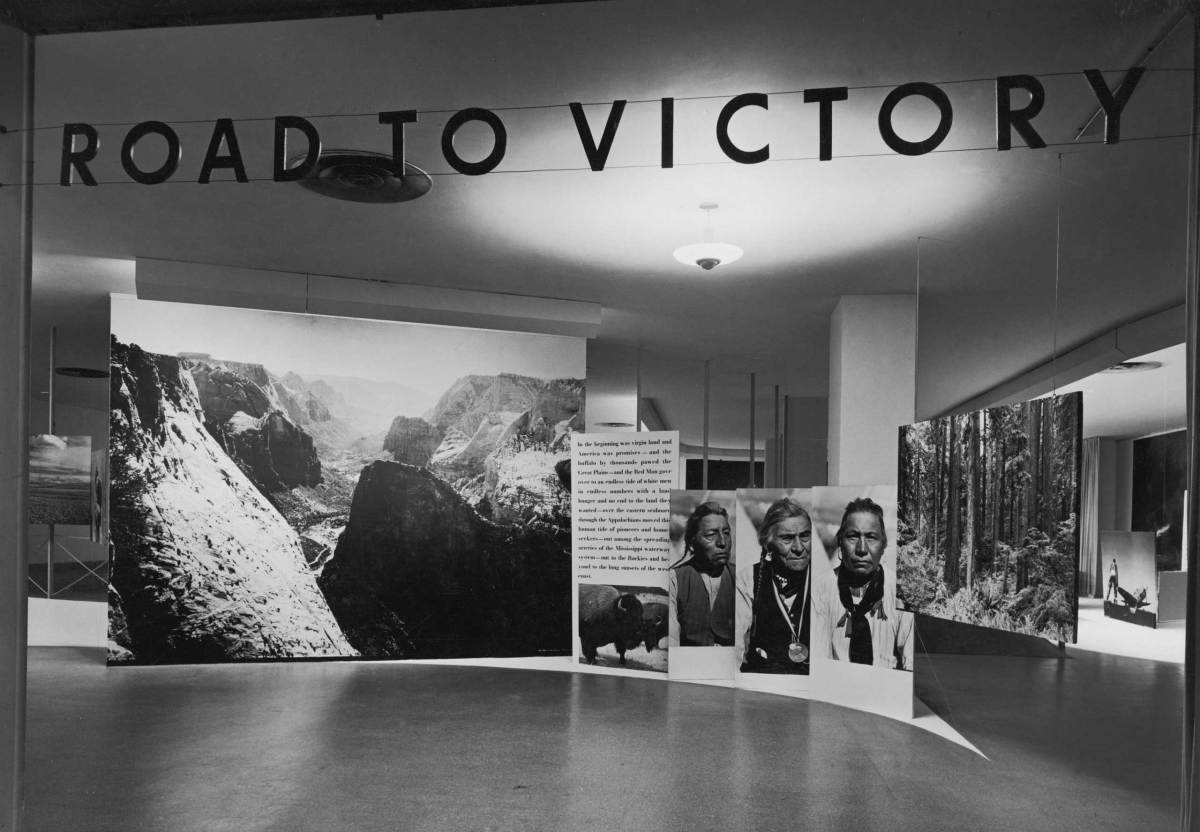
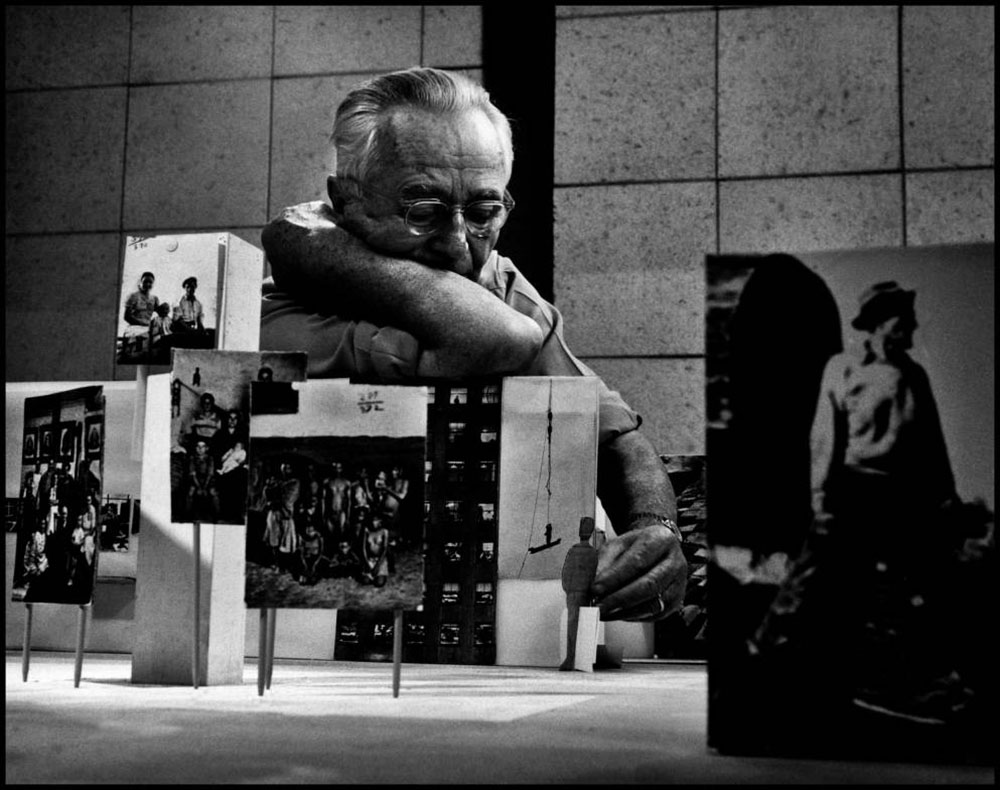
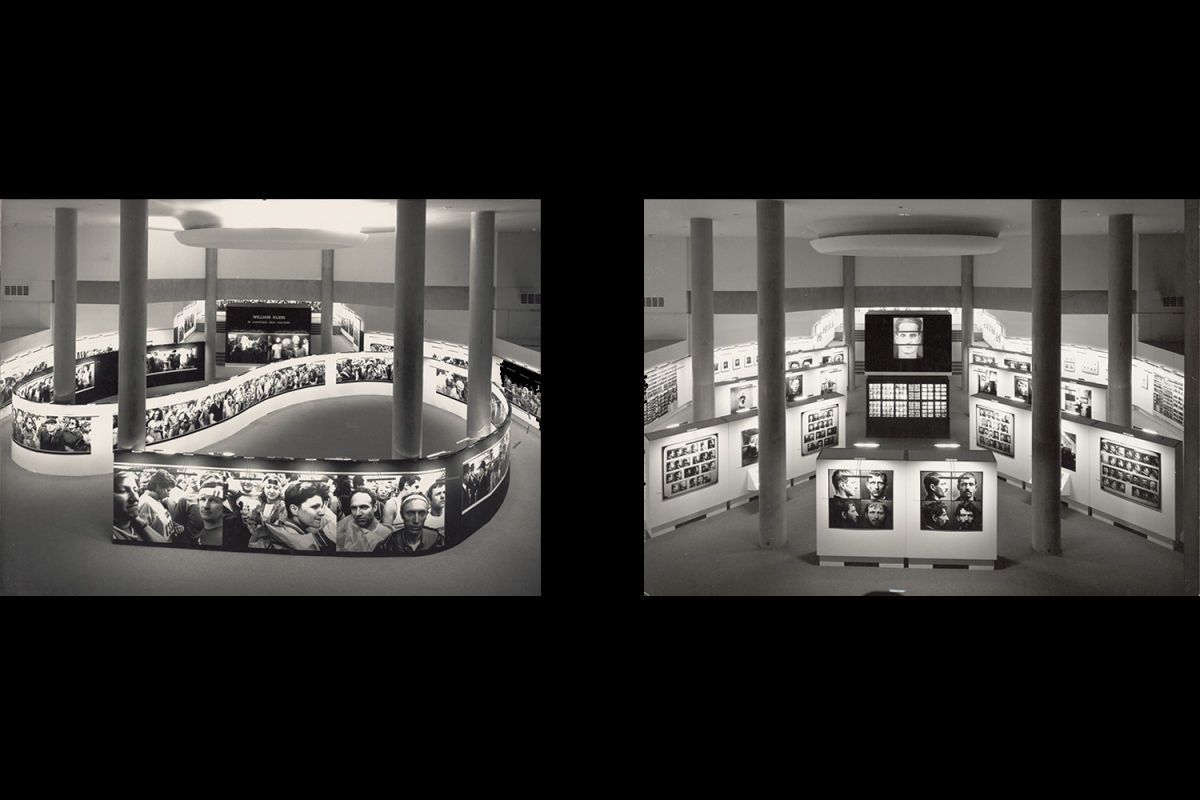

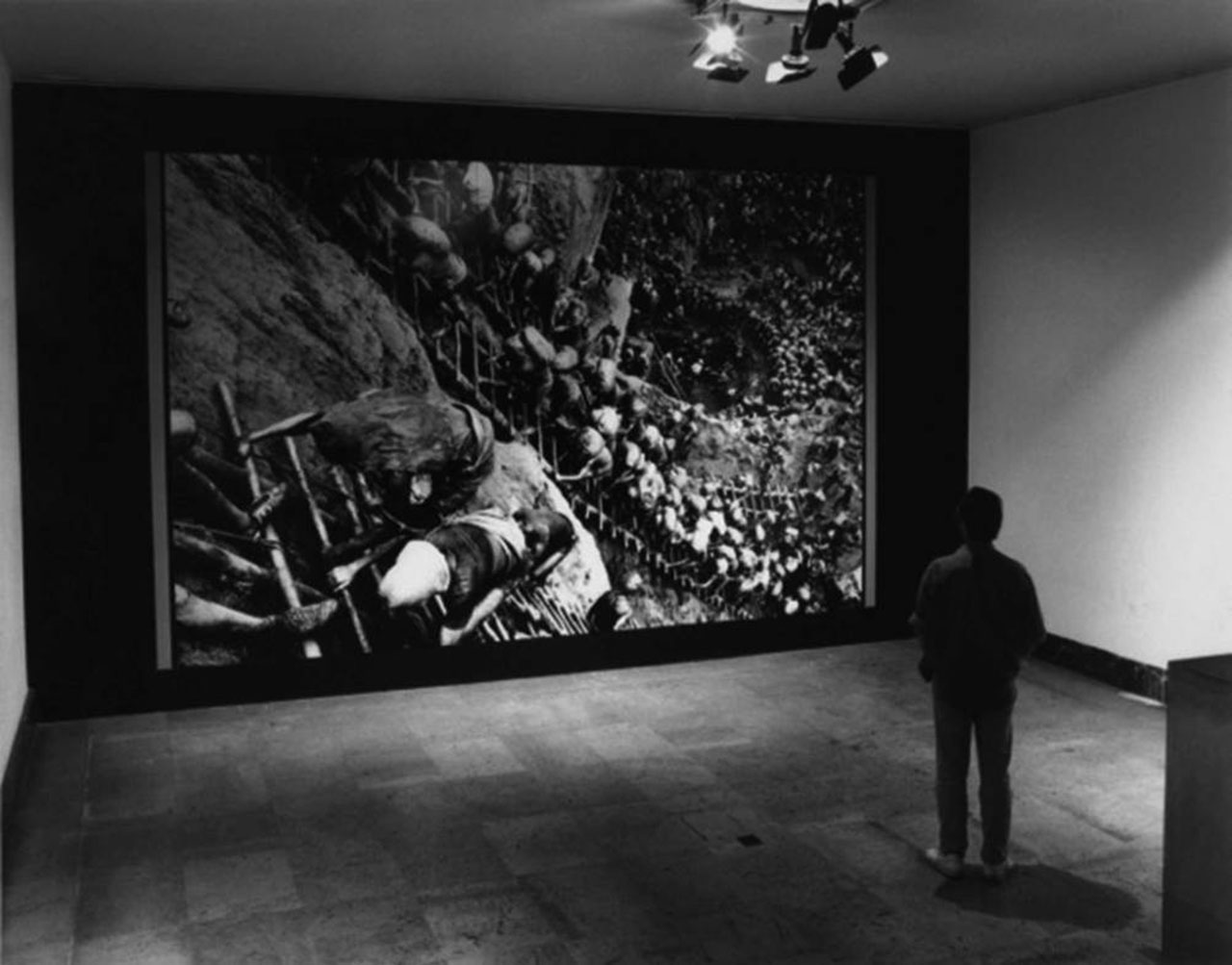

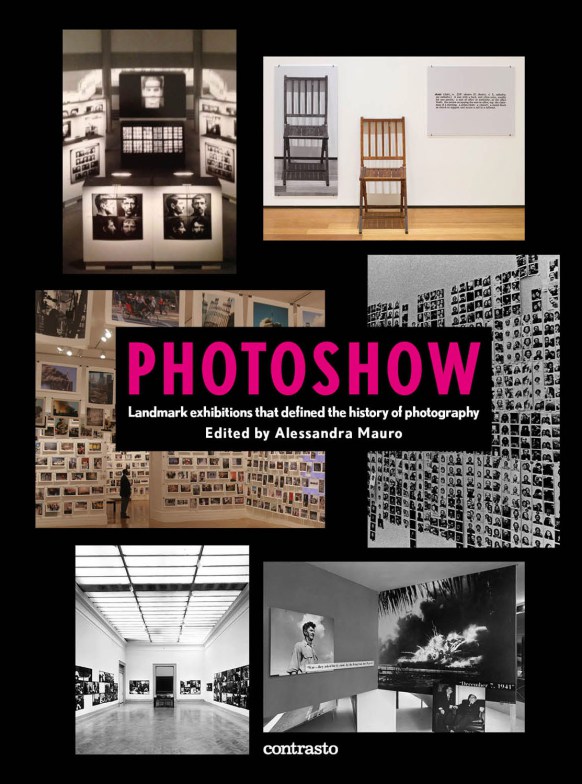
More Must-Reads from TIME
- Cybersecurity Experts Are Sounding the Alarm on DOGE
- Meet the 2025 Women of the Year
- The Harsh Truth About Disability Inclusion
- Why Do More Young Adults Have Cancer?
- Colman Domingo Leads With Radical Love
- How to Get Better at Doing Things Alone
- Michelle Zauner Stares Down the Darkness
Contact us at letters@time.com